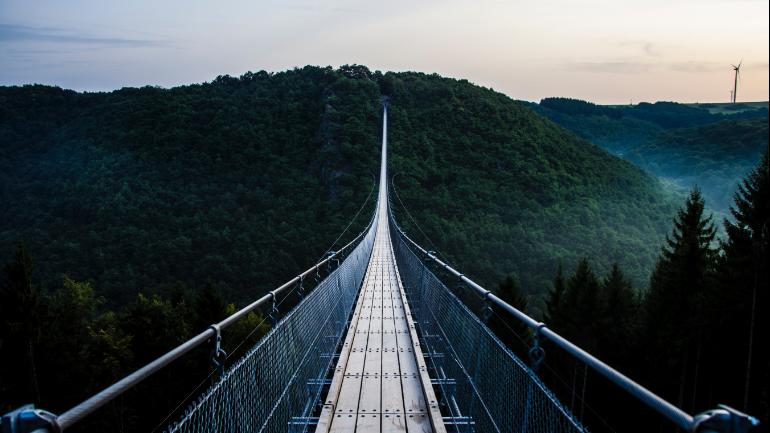Types and Usage
A Temple (from the Latin word templum) is a structure reserved for religious or spiritual rituals and activities such as prayer and sacrifice. It is typically used for such buildings belonging to all faiths where a more specific term such as church, mosque or synagogue is not generally used in English. These include Hinduism, Buddhism, and Jainism among religions with many modern followers, as well as other ancient religions such as Ancient Egyptian religion.
There are various types of Temples:
1. Hindu temples: Hindu temples are known by many different names, varying on region and language, including Alayam,[2] Mandir, Mandira, Ambalam, Gudi, Kavu, Koil, Kovil, Déul, Raul, Devasthana, Degul, Deva Mandiraya and Devalaya.
A Hindu temple is a symbolic house, the seat and dwelling of Hindu gods.[3] It is a structure designed to bring human beings and gods together according to Hindu faith. Inside its Garbhagriha innermost sanctum, a Hindu temple contains a Murti or Hindu god’s image.
2. Buddhist temples: Buddhist temples include the structures called stupa, wat and pagoda in different regions and languages. A Buddhist temple might contain a meditation hall hosting Buddharupa, or the image of Buddha, as the object of concentration and veneration during a meditation. The stupa domed structures are also used in a circumambulation ritual called Pradakshina.
3. Jain temples: A Jain temple is the place of worship for Jains, the followers of Jainism.[5] Some famous Jain temples are Shikharji, Palitana Jain Temples, Ranakpur Jain Temple, Shravan Belgola, Dilwara Temples and Lal Mandir.
3. Sikh temples: A Sikh temple is called a Gurdwara, literally the doorway to the Guru. Its most essential element is the presence of the Guru, Guru Granth Sahib. The Gurdwara has an entrance from all sides, signifying that they are open to all without any distinction whatsoever.
4. Mesopotamian temples: The temple-building tradition of Mesopotamia derived from the cults of gods and deities in the Mesopotamian religion.
5. Egyptian temples: Ancient Egyptian temples were meant as places for the deities to reside on earth.
6. Greco-Roman temples: Though today we call most Greek religious buildings “temples,” the ancient Greeks would have referred to a temenos, or sacred precinct. Its sacredness, often connected with a holy grove, was more important than the building itself, as it contained the open air altar on which the sacrifices were made.
7. Pagan temples: The Romans usually referred to a holy place of a pagan religion as fanum; in some cases this referred to a sacred grove,
8. Zoroastrian temples: A Zoroastrian temple may also be called a Dar-e-mehr and a Atashkadeh. A fire temple in Zoroastrianism is the place of worship for Zoroastrians. Zoroastrians revere fire in any form, and their temples contains an eternal flame, with Atash Behram (Fire of Victory) as the highest grade of all, as it combines 16 different types of fire gathered in elaborate rituals.
9. Christian temples: The word temple has traditionally been rarely used in the English-speaking Western Christian tradition. In Irish, some pre-schism churches use the word teampall. The usual word for church in the Hungarian language is templom, also deriving from the same Latin root. In Spanish, they make a distinction between the temple being the physical building for religious activity, and the church being both the physical building for religious activity and also the congregation of religious followers.











